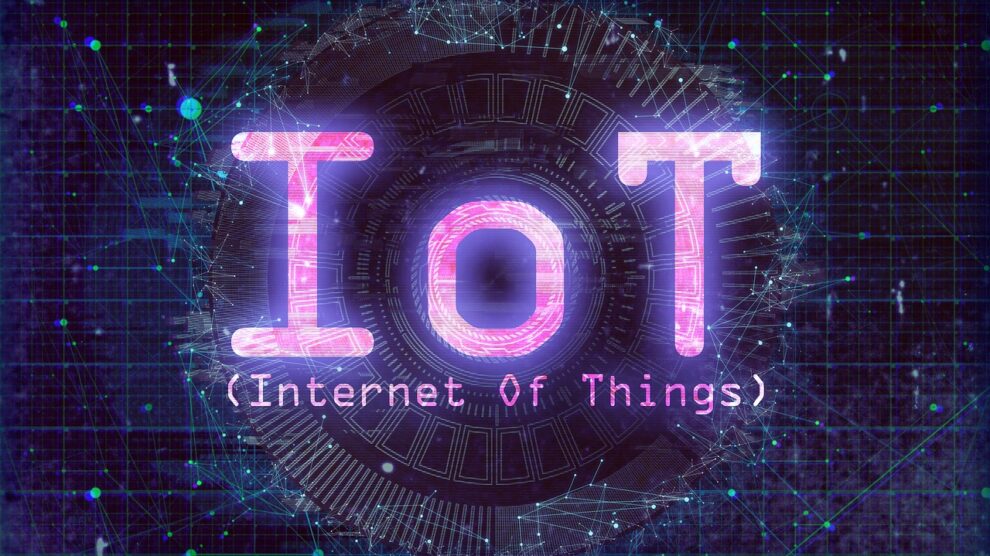People are increasingly embracing Internet of things (IoT) technology in their homes through investing in smart home devices.
The rise of IoT in the home can be attributed to a number of different factors. Three, in particular, will continue to drive IoT investment in the home.
- “Forced” adoption: More IoT-equipped devices are available to consumers now, to the point where some may not have a choice but to purchase a “smart” device when they purchase a new appliance.
- Falling prices: As the supply of IoT devices on the market increases, their price necessarily decreases. This, in turn, makes IoT technology more appealing to customers.
- Ease of operation: The easier IoT devices are to use, the broader the audience they appeal to.
This article will look at the acceptance of IoT technology in the home and explore each of the main factors that continue to make the devices popular with consumers.
Smart Devices in the Home Drive Familiarity
IoT technology allows people to access and control aspects of their lives remotely through a network of smart devices and sensors that connect to each other through the internet.
According to Clutch’s survey, smart home devices are the most recognizable and familiar IoT technology.
This finding signals that IoT technology is encroaching on our home lives and people are becoming more comfortable with that fact.
Each of the three primary factors that contribute to the increased acceptance of IoT devices in U.S. homes:
1. “Forced” Adoption Grows Market Without User Input
More appliances and devices are being developed with connected capabilities, meaning that when people purchase home devices, they may have no other choice.
The Clutch survey showed that more than half of people surveyed (53%) own a smart home device at least partially due to this “forced adoption.”
For example, if you visit a store to buy a new refrigerator, it’s possible that the entire selection on display comes equipped with IoT connectivity. As people purchase more IoT-enabled devices, the more presence IoT technology has in the home.
2. More Supply of IoT Technology Reduces Price
The cost of setting up a smart home with IoT devices used to be an expensive endeavor.
These devices were expensive on an individual basis compared to their “dumb” counterparts, let alone when purchased together as a connected home bundle.
The price of smart devices, however, now are often equal, if not less than, the price of “legacy” devices.
Given the choice between the two, and the price being equal, many people are willing to try smart devices.
In addition, as more people bring IoT technology into their homes, the more price advantages they can earn from connecting multiple elements of their home to each other.
For example, if every appliance in your house is accessible through another smart device, such as a smartphone or tablet, you can turn your appliances on and off according to when you actually need to use them.
With this ability, you can reduce utility costs. Through this functionality, smart technology also can reduce carbon footprint, another area of appeal for many customers.
Many people recognize that some smart home devices can have financial benefits that exceed the cost of the devices. Clutch’s survey found that more 53% of people think that smart home thermostats reduce utility costs.
As more people purchase, use, and experience cost benefits of smart technology, the more comfortable they will be continuing to invest in it.
3. Ease of Use Removes Barrier For Users Less Comfortable With Tech
Finally, there is an efficiency factor at play with IoT devices – an increase in connectivity means a decrease in the amount of time normally spent performing the same tasks.
People value the access and control smart home devices offer. Remotely controlling and monitoring home devices is the main benefit of owning a smart home device, according to the Clutch survey.
The ability to remotely perform tasks such as turning on the lights and accessing a home security system give people a high-level of control over their daily activities, a factor of convenience that people are willing to invest in.
Tomorrow’s Technology, Today
IoT continues to expand its reach into homes, businesses, social settings, and other environments.
More devices, and more types of devices, are now becoming connected with the purpose of automating tasks, learning routines, and sharing data and information.
As many adopters have learned, there are numerous potential benefits of IoT from a consumer standpoint. Aside from the convenience factor, smart connected products can lead to everything from increased energy efficiency to improved safety and security.
Through forced adoption, lower prices, and ease of use, IoT devices have become staples in many homes, and their popularity only continues to increase.





